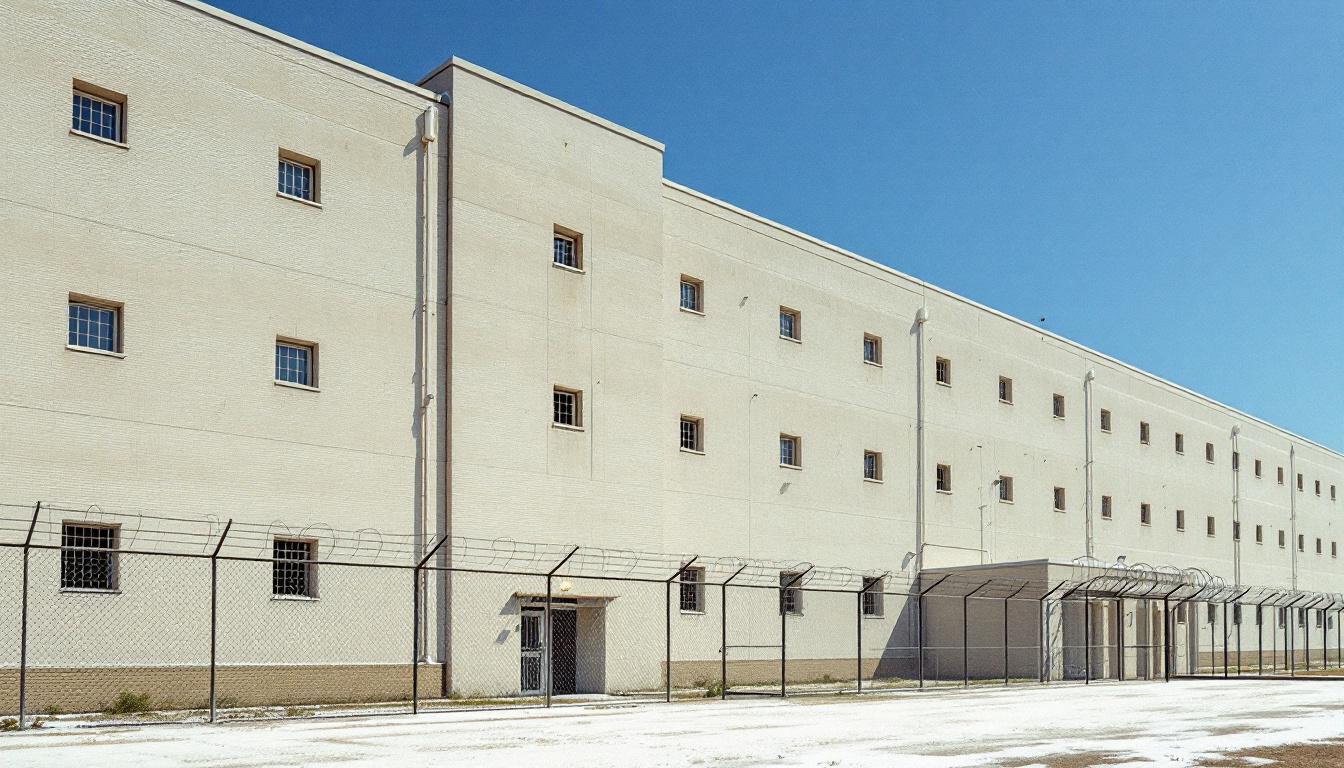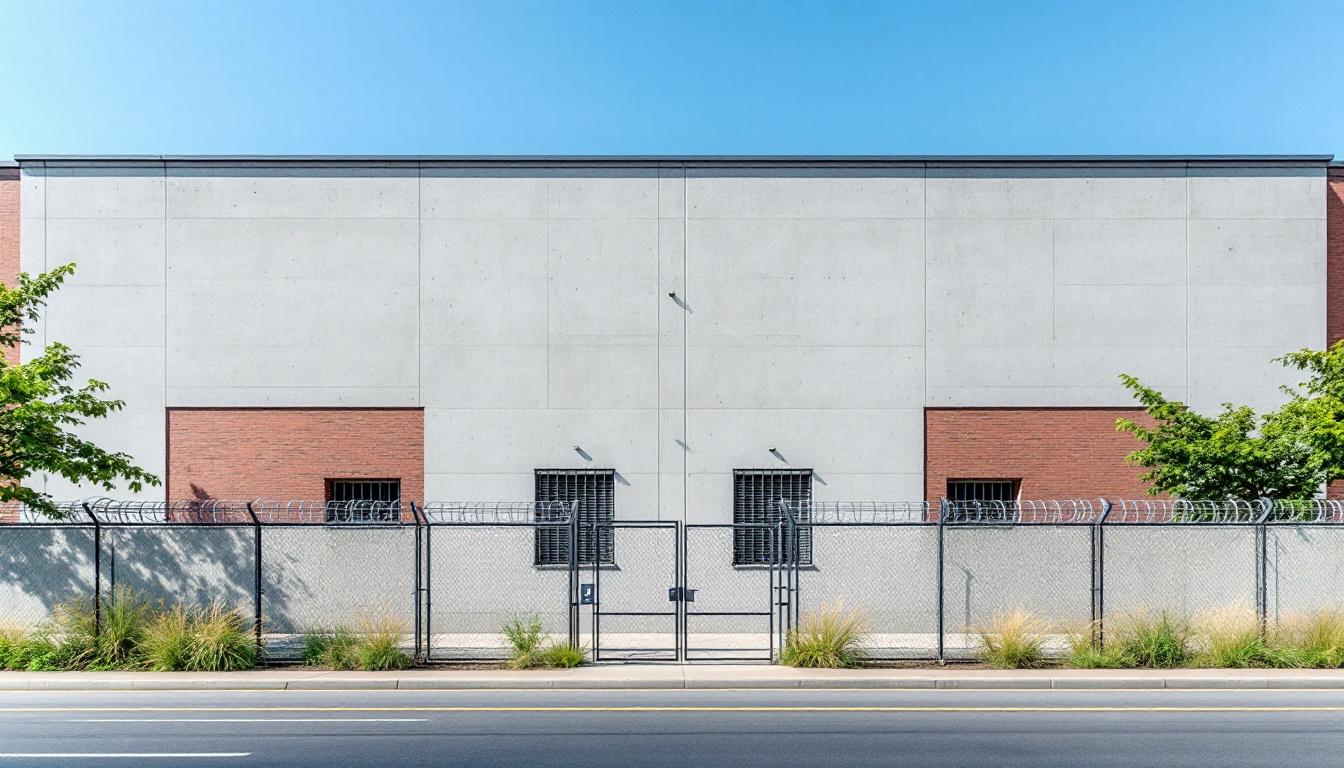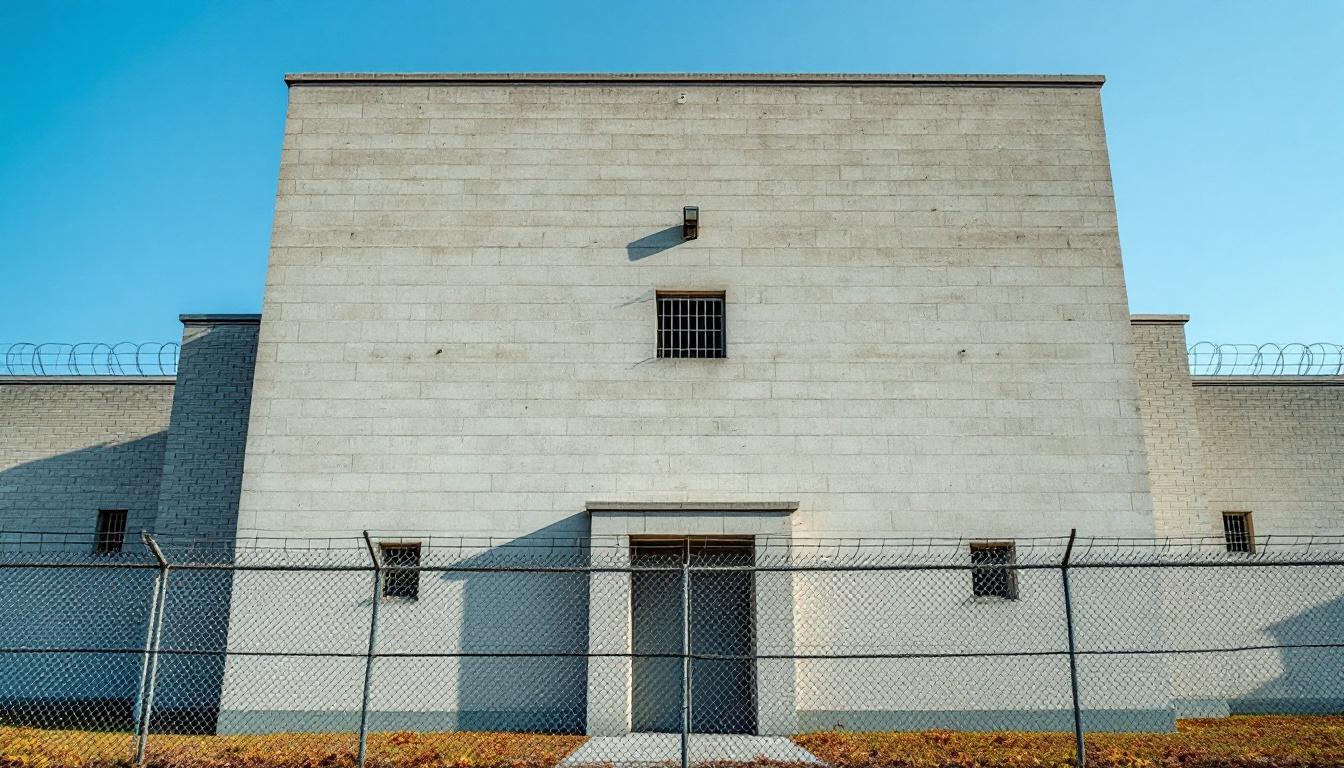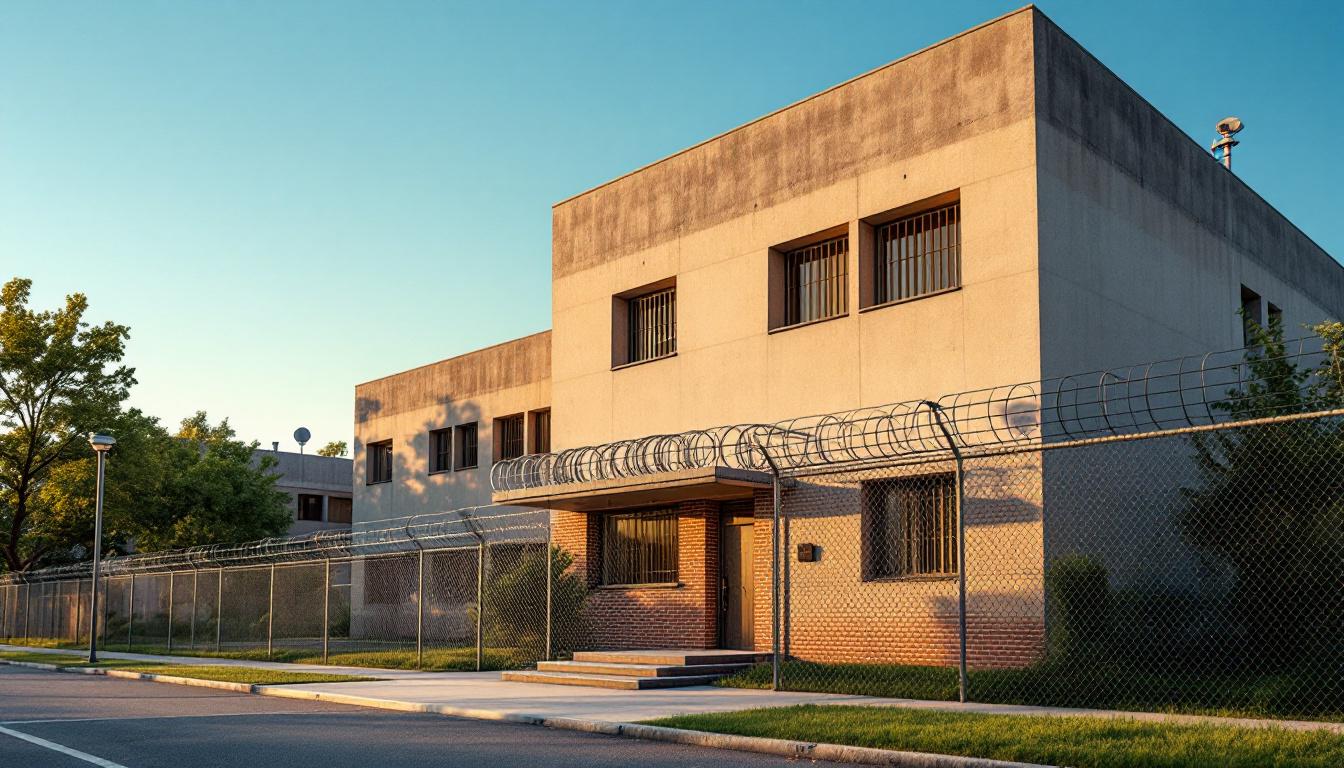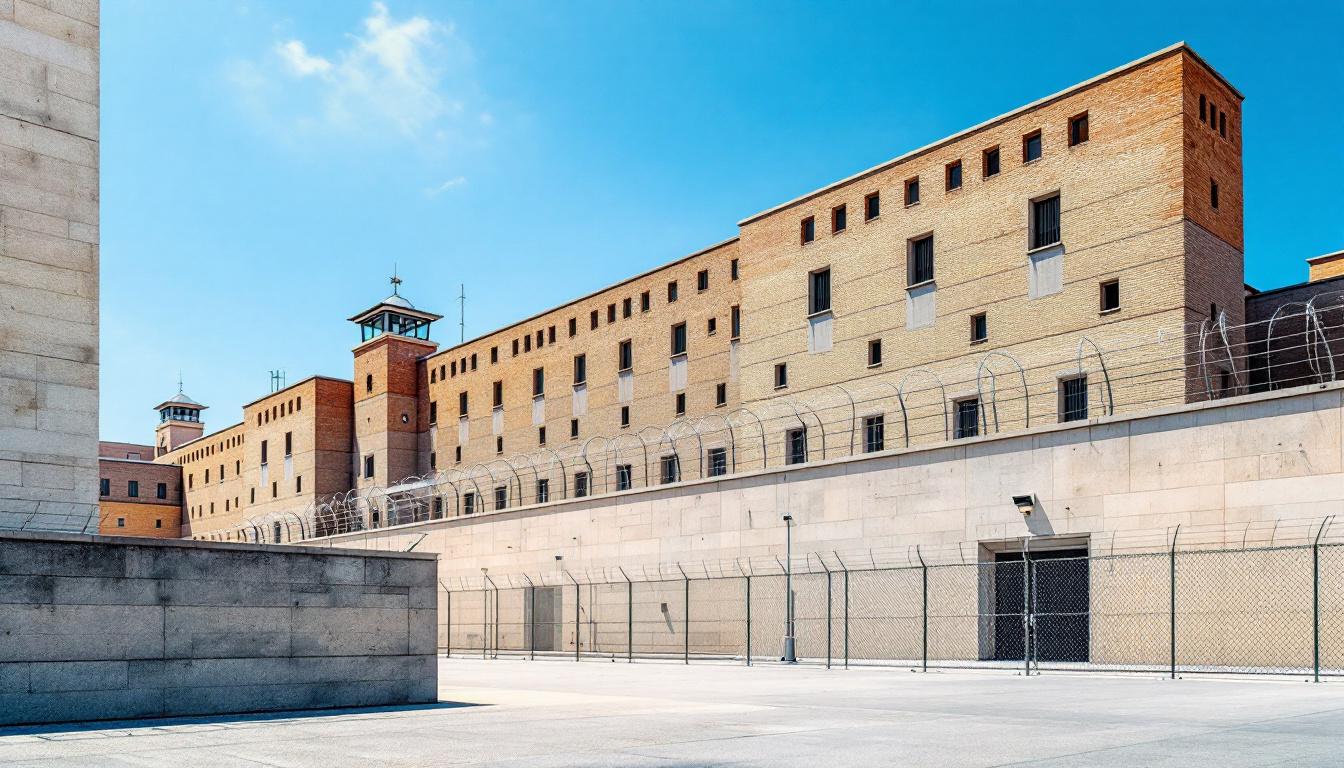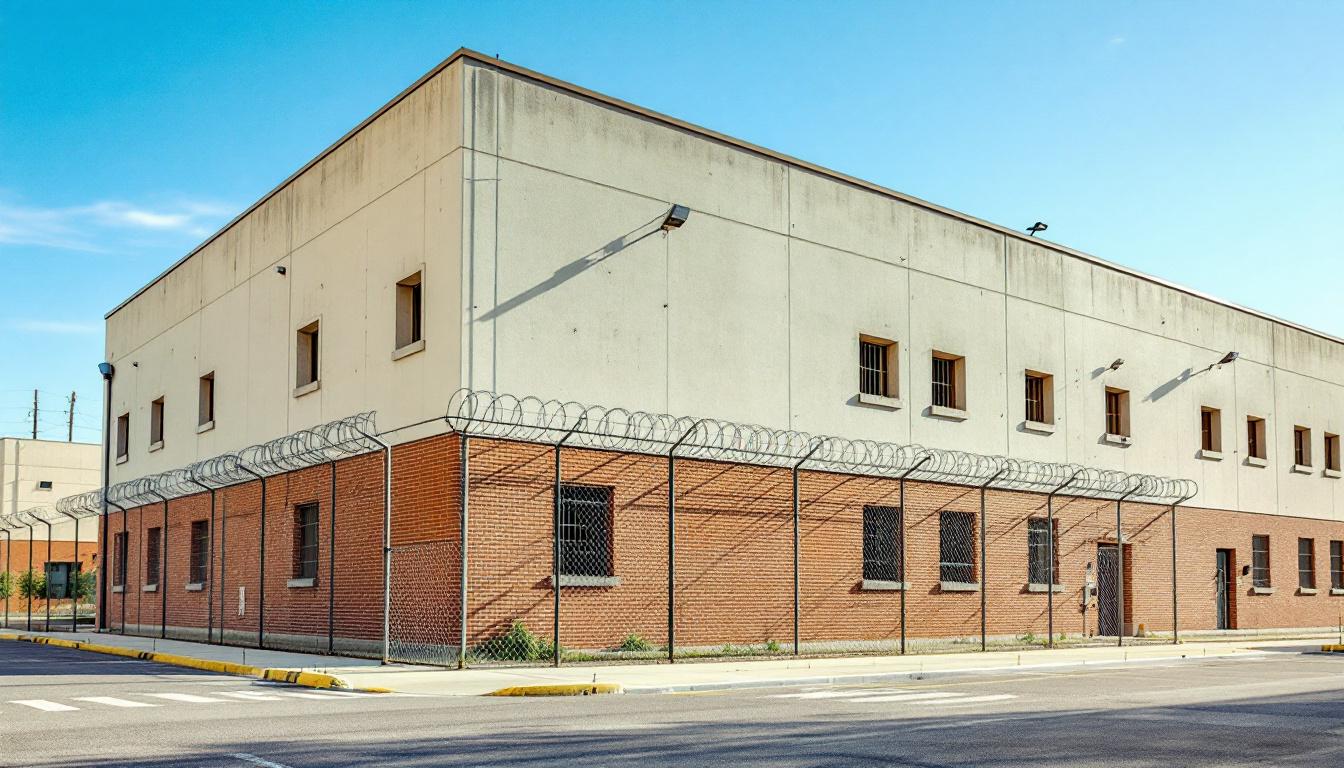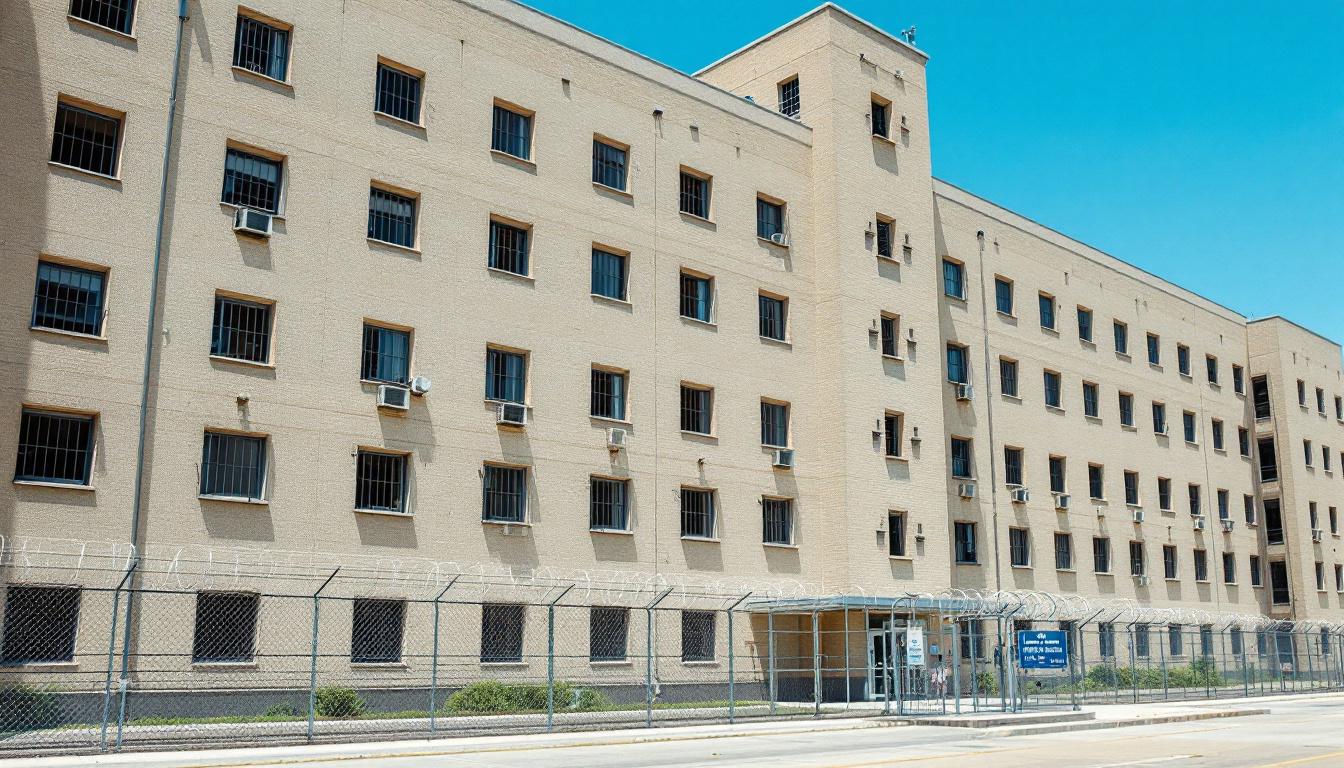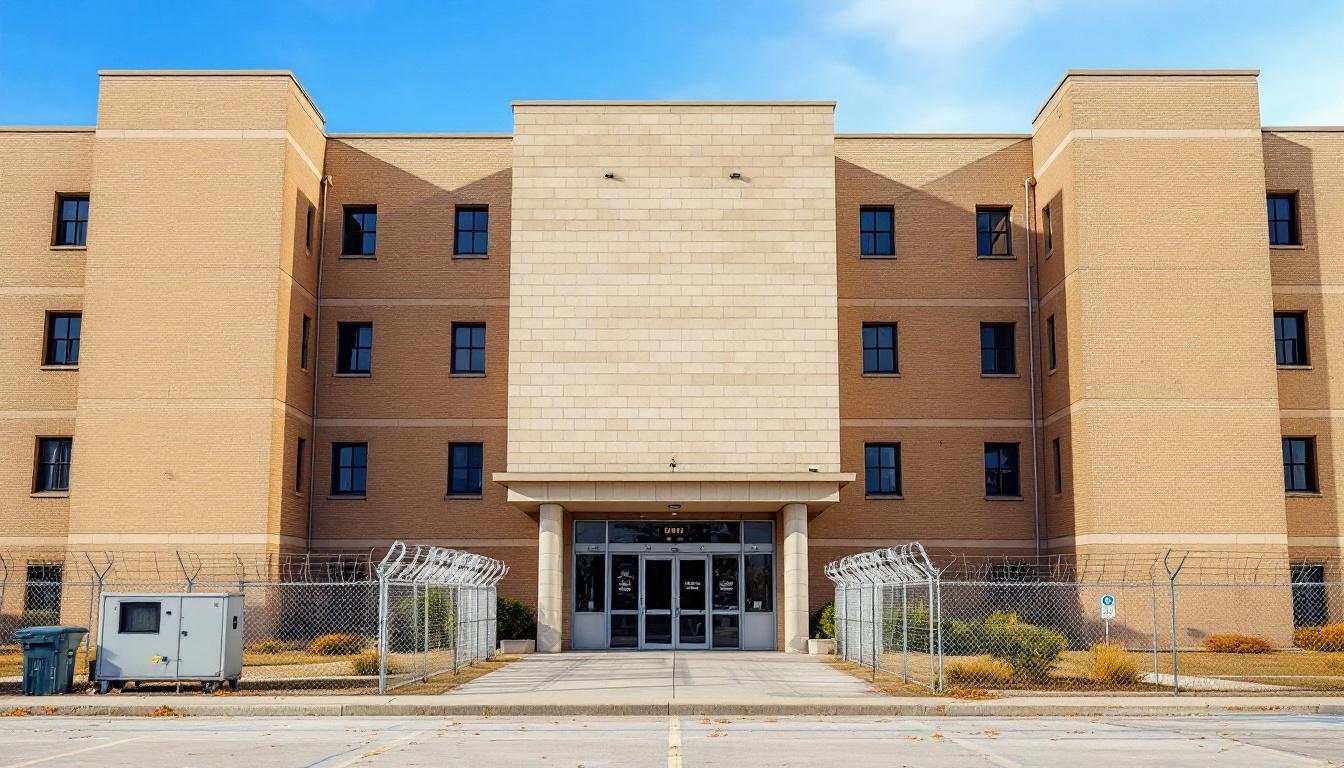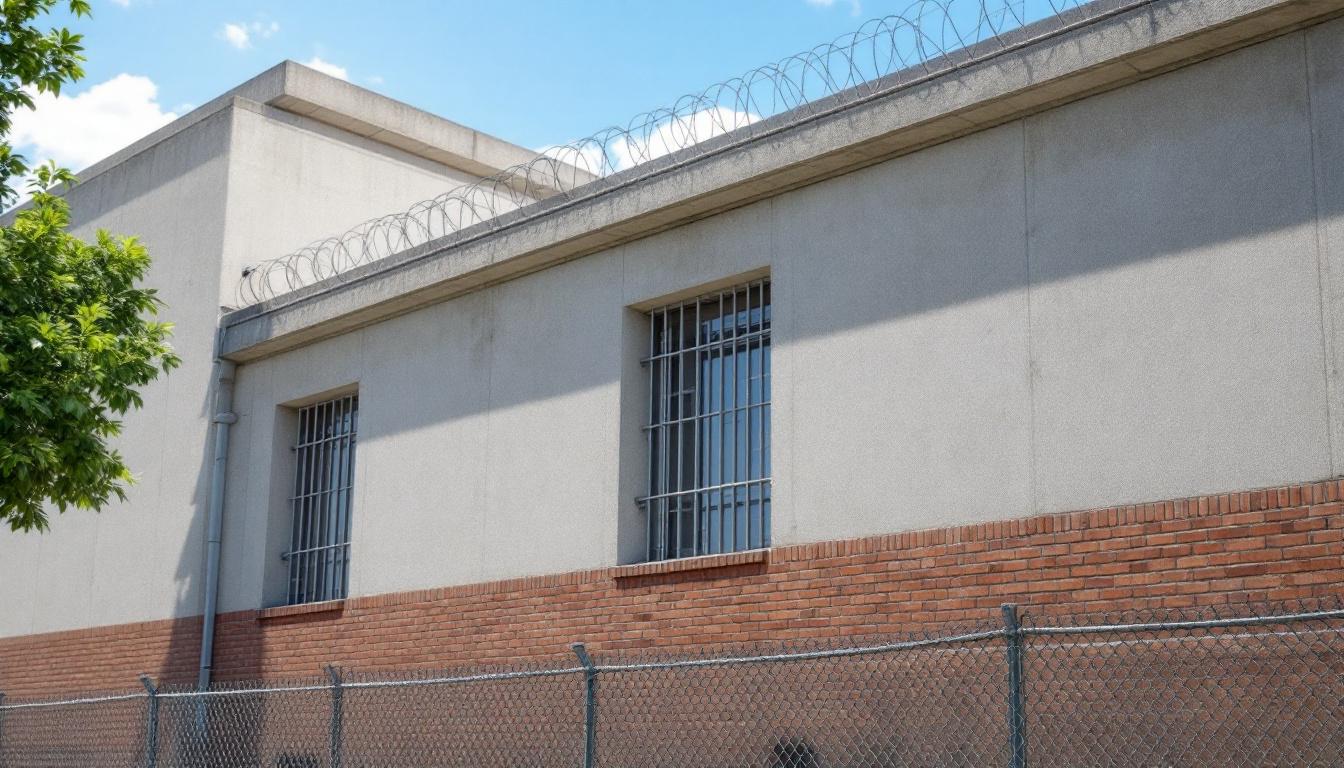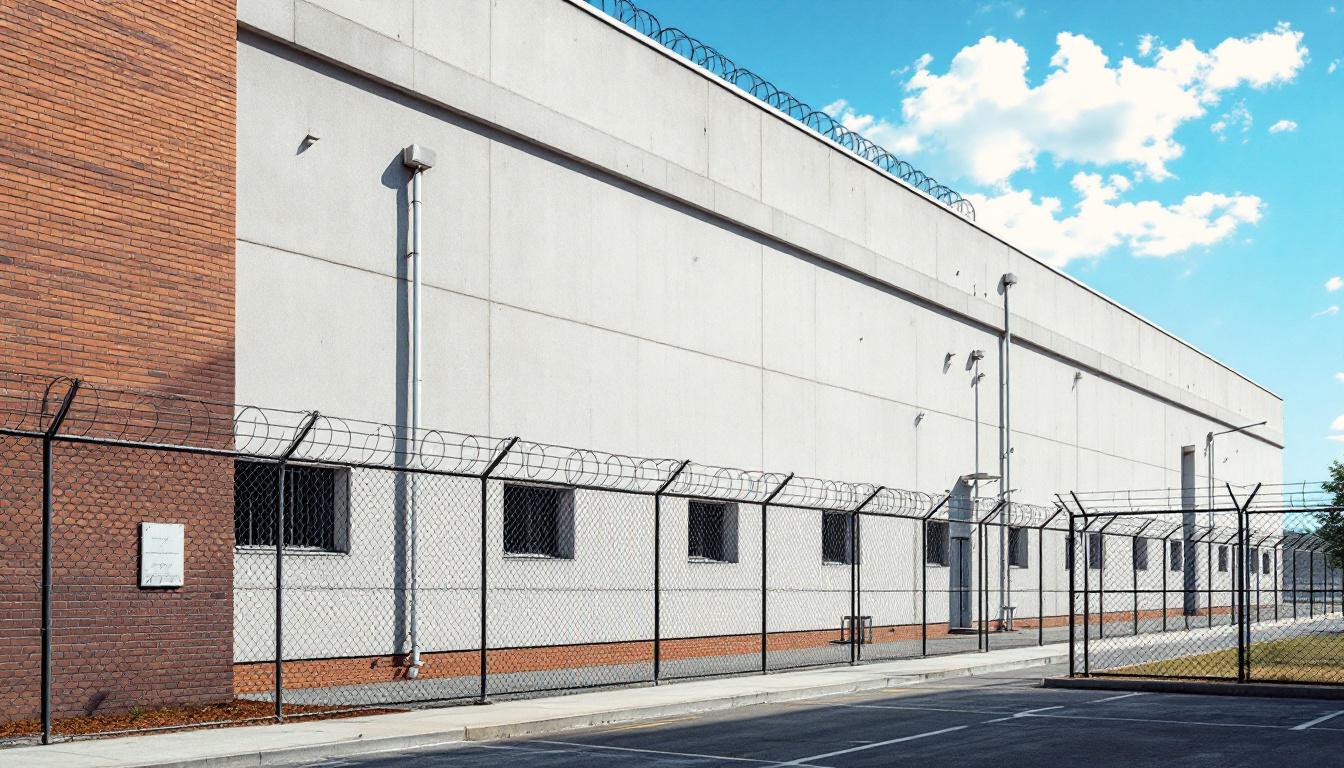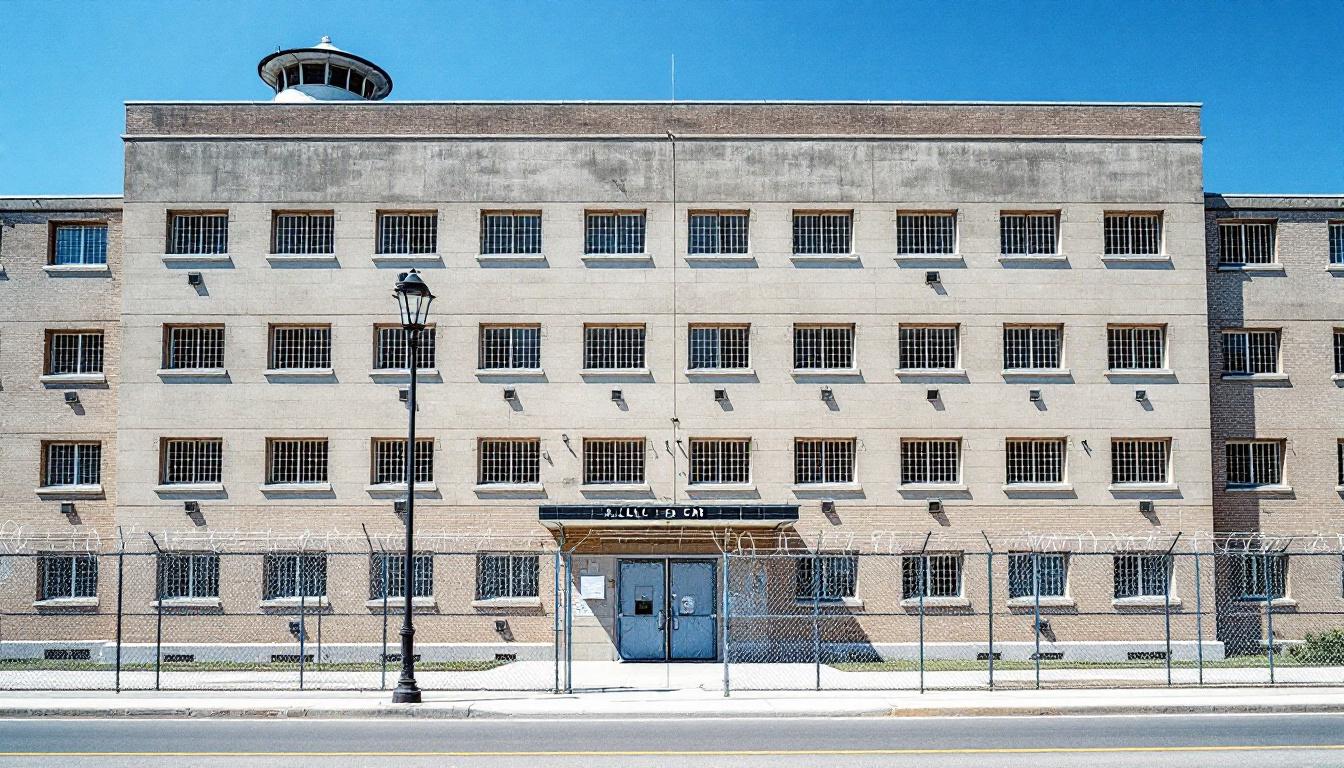
Quick Navigation
How to contact an inmate at Shasta County Jail
This comprehensive guide will walk you through how to connect with an inmate at Shasta County Jail. Follow the steps below to find an inmate and send letters and photos:
- Search for the inmate using our search tool below
- Create your account or log in to Penmate
- Write your message (up to 6,000 characters)
- Send instantly - inmates receive printed copies daily
Find an Inmate
Search for an inmate to start communicating today
Tip: You can search by first name, last name, or inmate ID number
To contact a person at Shasta County Jail start by searching for the person on the official facility website. Perform a search by following these steps:
- Step 1: Enter their first name and last name into the search form and click "Search"
- Step 2: Locate their inmate record
- Step 3: Write down their Inmate ID and any housing information provided
Important! Be sure to enter the person's full name. Nicknames should not be used.
How to Send Messages to Inmates

You can use your phone or computer to send emails, letters, and photos to an inmate. Messages are sent electronically to inmate tablets or kiosks at the facility. If you would like to send a message, start by searching for an inmate at Shasta County Jail.
Sending Photos and Postcards

A great way to send love and support to a loved one at Shasta County Jail is to send photos and postcards. It only takes a few minutes to send photos from your phone and it makes a huge difference. You can also mail postcards with words of support and inspiration, or design your own postcard for special moments like birthdays and holidays.
Important! Be sure not to send any explicit photos or they may not be approved by the facility. You can also use a photo printing app like Penmate to make sure your photos are printed at the correct size (4x6 or 3x5) and are mailed according to the rules and regulations of Shasta County Jail.
Frequently asked questions about Shasta County Jail
-
How long does it take to deliver a message?
If you're sending an email message your letter is usually delivered within 24-48 hours. For messages sent via mail you should expect delivery within 3-7 days. All messages will need be approved by Shasta County Jail.
-
How much does it cost to send a message to Shasta County Jail?
You can send a message free using your phone or mail a message via USPS for the price of a $0.60 stamp and envelope. You can also purchase credits or e-stamps from services starting at $1.99.
-
What services can I use to contact an inmate at Shasta County Jail?
Penmate
You can use Penmate to send letters and photos to an inmate from your phone. It's an easy way to stay in touch during your loved one's incarceration. Use the inmate locator to find an inmate's location and contact information, then you can send messages within a few minutes.
Securus messaging
Securus may be another option for communicating with an inmate at Shasta County Jail. You can create a friends and family account and purchase credits to send messages. All messages will be reviewed and must be approved by the facility.
JPay
Some county jails and state prisons may support sending messages with JPay. You must register an account with the system, find your loved one, and purchase stamps to send messages. For some locations you can also attach photos.
Smart Jail Mail
You may also check if Smart Jail Mail is available at Shasta County Jail. Smart Jail Mail is operated by Smart Communications and has contracted with some state and county jails. After purchasing credits, your messages and photos are sent to the facility, printed out, and then handed out to your loved one.
-
What is the mailing address of Shasta County Jail?
Mailing address:
Shasta County Jail
1655 West St
Redding, CA 96001
Phone: (530) 245-6100Business hours:
- Monday: Open 24 hours
- Tuesday: Open 24 hours
- Wednesday: Open 24 hours
- Thursday: Open 24 hours
- Friday: Open 24 hours
- Saturday: Open 24 hours
- Sunday: Open 24 hours
-
What are the visiting hours at Shasta County Jail?
Visiting hours at Shasta County Jail vary by housing unit and security level. Generally, visits are scheduled on weekends and holidays, with some facilities offering weekday visits. Contact the facility directly at (530) 245-6100 or check their website for the current visiting schedule. Visits typically last 30-60 minutes and must be scheduled in advance.
-
What items are prohibited when sending mail to Shasta County Jail?
Prohibited items typically include: cash, personal checks, stamps, stickers, glitter, glue, tape, staples, paperclips, polaroid photos, musical or blank greeting cards, hardcover books, magazines with staples, and any items containing metal or electronics. Only send letters on plain white paper with blue or black ink. Photos must be printed on regular photo paper (no Polaroids). Always check with Shasta County Jail for their specific mail policies.
-
How do I send money to an inmate at Shasta County Jail?
You can send money to an inmate at Shasta County Jail through several methods: 1) Online using JPay, Access Corrections, or the facility's approved vendor, 2) Money orders mailed directly to the facility with the inmate's name and ID number, 3) Kiosks located in the facility lobby, or 4) Over the phone using a credit or debit card. Fees vary by method, typically ranging from $2.95 to $11.95 per transaction.
-
Can I schedule a video visit with an inmate at Shasta County Jail?
Many facilities now offer video visitation as an alternative to in-person visits. At Shasta County Jail, video visits may be available through services like Penmate, Securus Video Connect, GTL, or ICSolutions. Video visits typically cost $10-20 for 20-30 minutes and must be scheduled in advance. You'll need a computer or smartphone with a camera and reliable internet connection. Contact the facility for their specific video visitation policies and approved vendors.
-
What identification do I need to visit an inmate at Shasta County Jail?
All visitors must present valid government-issued photo identification such as a driver's license, state ID, passport, or military ID. Minors must be accompanied by a parent or legal guardian who can provide the minor's birth certificate. Some facilities require visitors to be on the inmate's approved visitation list, which may require a background check. Contact Shasta County Jail for specific ID requirements and visitor approval procedures.
-
How can I find out an inmate's release date?
To find an inmate's release date at Shasta County Jail, you can: 1) Use the online inmate search tool if available, 2) Call the facility's records department, 3) Contact the inmate's case manager or counselor, or 4) Have the inmate provide this information during a call or visit. For privacy reasons, some facilities only release this information to immediate family members.
Facility Overview
Official Website

About Shasta County Jail
Nestled within California's northern interior, Redding serves as home to the Shasta County Jail, a correctional facility that operates as an integral component of the state's broader justice system. This CA correctional facility reflects the region's commitment to balancing public safety with meaningful opportunities for personal transformation, drawing from California's evolving approach to corrections that emphasizes both accountability and rehabilitation.
The facility's operations typically align with contemporary correctional philosophies that have shaped California's county jail systems over recent decades. As correctional practices have evolved from purely punitive models toward more comprehensive approaches, county jail environments like this one have generally adapted to incorporate educational programming and skill-building opportunities alongside traditional security measures. The residents services offered may include basic educational courses, vocational training programs, and substance abuse counseling, reflecting the state's broader recognition that successful reintegration requires addressing underlying factors that contribute to criminal behavior.
Within Redding's geographic context, the Shasta County Jail serves multiple counties in California's northern region, functioning as part of a network designed to support both immediate public safety needs and longer-term community stability. The facility's approach to rehabilitation often emphasizes preparing individuals for successful return to their communities, which may include job readiness programs, life skills training, and connections to local support services. This integration with state correctional goals demonstrates how county-level facilities contribute to California's systematic effort to reduce recidivism while maintaining essential public safety functions throughout the Pacific region.
Programs & Services
Educational initiatives at Shasta County Jail typically encompass comprehensive literacy development, high school equivalency preparation, and foundational academic skill building that addresses the diverse learning needs of residents. These evidence-based approaches recognize that educational attainment often correlates with reduced recidivism rates, creating pathways for sustainable reintegration into community life. The facility's commitment to transformative learning experiences may deliver structured curricula designed to enhance critical thinking abilities while fostering personal accountability and goal-setting behaviors.
Vocational training initiatives often include industry-relevant skill development in areas such as construction trades, food service preparation, and maintenance operations, providing residents with marketable competencies for post-release employment opportunities. These hands-on learning environments typically combine theoretical instruction with practical application, allowing participants to develop both technical proficiency and workplace readiness skills. Additionally, educational programming may offer computer literacy courses and basic financial management instruction, addressing fundamental knowledge gaps that often contribute to successful community reintegration.
Support services encompass a comprehensive range of therapeutic and rehabilitative initiatives designed to address underlying behavioral patterns and promote holistic wellness. Rehabilitation programs typically focus on substance abuse treatment, anger management, and cognitive behavioral interventions that help residents develop healthier coping mechanisms and decision-making strategies. Additionally, peer support groups may facilitate meaningful connections among participants while recycling programs and prison industries often provide structured work experiences that build responsibility and teamwork skills. Wellness programs frequently incorporate mental health counseling, stress management techniques, and physical fitness activities that contribute to overall emotional stability and personal growth during incarceration.
Daily Life & Visitation
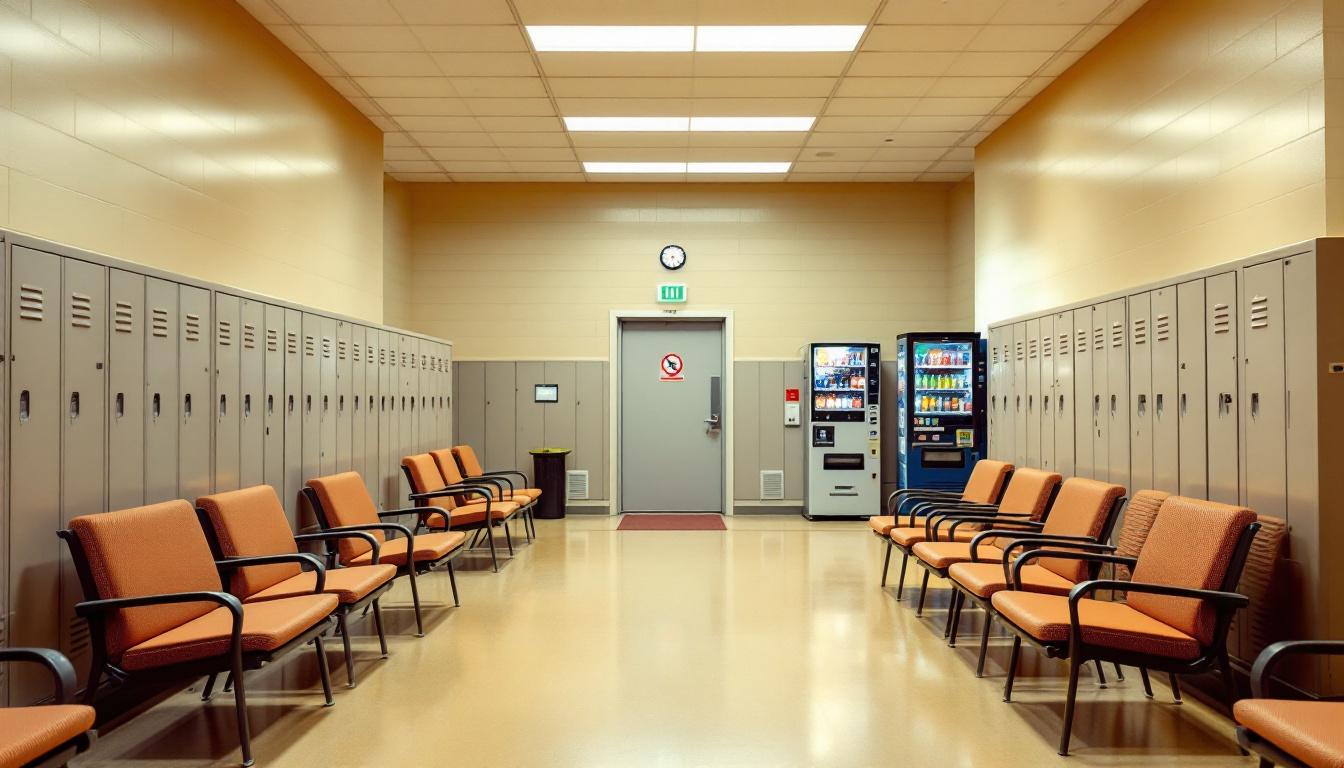
Structured schedules now govern every aspect of residential life, with regularly timed activities that deliver predictability and order throughout each day. Wake-up calls typically occur in the early morning hours, followed by scheduled meal times, programming sessions, and designated periods for personal care and cleaning duties. This consistent framework helps residents adapt to institutional routines while maintaining a sense of stability during their stay at the facility.
Living accommodations generally consist of shared housing units where residents are assigned beds and provided with basic necessities including bedding, hygiene items, and institutional clothing. Personal property allowances are typically limited, though residents may usually access commissary services to purchase approved items such as snacks, writing materials, and additional hygiene products. The housing areas are designed to accommodate multiple residents while maintaining appropriate supervision and security protocols throughout the facility.
Additionally, various programming opportunities and recreational activities help structure the daily schedule, with residents often participating in educational sessions, work assignments, or physical exercise during designated time periods. While maintaining security requirements, the facility typically provides visitation opportunities and communication options that allow residents to stay connected with family members and support systems. These connections, combined with structured daily routines, help create an environment where residents can focus on addressing their legal matters while maintaining important relationships with loved ones on the outside.
Ready to Connect?
Start communicating with your loved one today
Search for an Inmate
